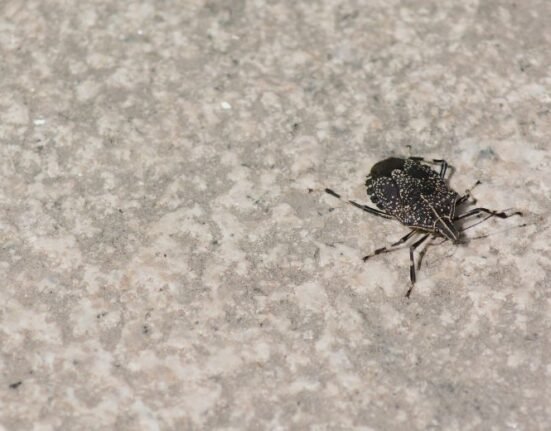HQ Team
August 14, 2024: The Oropouche virus (OROV), primarily transmitted by biting midges (flies) and mosquitoes, is spreading in Latin America, with the Pan American Health Organization (PAHO) reporting over 8,000 confirmed cases across the region in 2024, and 19 reported cases of the disease in Europe.
Two young women in Brazil have succumbed to the virus and potential cases of mother-to-child transmission during pregnancy are feared.
The European Centre for Disease Prevention and Control (ECDC) has issued a Threat Assessment Brief after cases were reported in Spain (12), Italy (5), and Germany (2) in June and July 2024, all linked to travel in Cuba or Brazil.
The US Centers for Disease Control and Prevention (CDC) has elevated Brazil to a level 1 Travel Health Alert following reports of spreading Oropouche fever or Brazil fever, resulting from OROV infection.
The PAHO has reported a total of 8,078 confirmed cases of Oropouche virus across the Americas this year. Outbreaks have been reported in Brazil, Bolivia, Colombia, Peru, and Cuba with Brazil accounting for the majority of these cases
Oropouche/ Brazil Fever
Oropouche is an emerging zoonotic disease transmitted primarily via the bites of infected Culicoides paraensis, commonly known as biting midges, and sometimes via mosquitoes. Although most OROV infection cases are self-limiting and typically resolve within 1 week, there is potential for severe complications such as meningitis and encephalitis, which can lead to fatal outcomes. ,
C paraensis is commonly found in water bodies such as ponds, lakes, and rivers and humid tropical regions and it plays an important role in the transmission dynamics of OROV. Other factors contributing to such disease outbreaks include urbanisation, deforestation, and climate change, which are associated with increasing global temperatures, extreme heat temperatures, droughts, rain, and floods, all of which improve the suitability for midges and mosquito growth
Clinical symptoms
The clinical manifestations of OROV infection include high fever, headache, myalgia, arthralgia, nausea, vomiting, chills, and photophobia, with the symptoms bearing a striking resemblance to those caused by dengue, chikungunya, and Zika viruses, all of which cocirculate.
Given the overlapping symptoms with other viruses and the absence of targeted treatments or vaccines for OROV, precise diagnosis and early medical intervention are crucial.
Risk factors
Direct, horizontal, human-to-human transmission of the virus has not been documented so far. Recently, the Brazilian Ministry of Health reported six possible cases of OROV disease being passed from mother-to-child during pregnancy. The potential risks to fetus are still under investigation and have not been confirmed
The ECDC has characterized the overall risk for European travellers visiting areas with ongoing Oropouche virus outbreaks as moderate, with higher risks noted in specific municipalities in northern Brazil and the Amazon region. The ECDC has emphasized the importance of vigilance among travellers, especially pregnant women, due to potential risks such as stillbirths and congenital defects associated with the virus.







